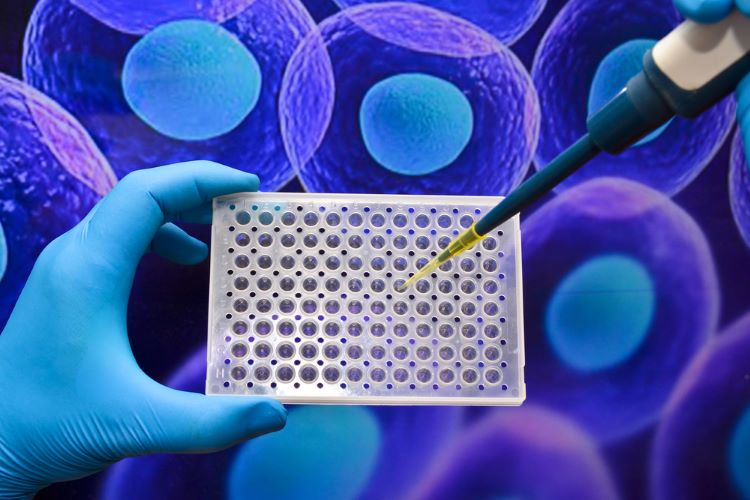Personalized medicine and general laboratory automation techniques will drive the automated cell biology system market, says analyst at Future Market Insights.

According to a recent report by Future Market Insights, the global automated cell biology systems market will stand at $14.1 billion in 2022 and is expected to reach $33.5 billion by 2032, driven by increasing demand for personalized medicine and general laboratory automation techniques.
The research shows that laboratory automation, which can be done with new technologies and applications, has received a lot of attention in the biotechnology sector in the last two decades. Automation in research and production is particularly needed for access to broad, cost-effective customized therapies.
Future Market Insights Many aspects of future medicine will only be possible with the help of automation, including automated complex data processing for precision medicine, automated manufacturing and sophisticated supply chains for innovative medicine.
This understanding is particularly important for cell-based personalized medicine, which is automated for low costs and increased accessibility, as small individual batch sizes require high total throughput. Patient-derived cell replication for personalized drug research and automated cell therapies is labor-intensive and prone to batch-to-batch variability. This puts demand on automated cell biology systems, thus driving the overall market value during the construction period.
Key Statistics of the Automated Cell Biology Systems Market Report
- Automatic cell counters (single function) are the leading segment (product) with a market share of six percent by 2021.
- Drug development applications will account for about four percent of the market share by 2021, indicating strong growth for the biopharmaceutical industry.
- Because they are easier to culture than primary cell cultures and their ability to reproduce indefinitely, indefinite cell line cultures will reach around two percent by 2021. Endless cell-line cultures are convenient for researchers because they are inexpensive and can have many more stages than primary cells.
- Biopharmaceutical companies as major end users have a market share of around four percent by 2021.
- North America In 2021, it had a share of four percent; This is the highest economic result in the region.
Growth opportunities for automated cell biology systems market
The research shows that digitalization and Pharma 4.0 have led to the adoption of biotech automation not only in analytical laboratories but at an industry-wide level.
Microfluidic technologies
Automated cell culture on a chip is widely used as a reference for cell biology in existing microfluidic systems. The implementation of an integrated control system suitable for precise liquid handling in a remote control framework greatly increases the usability and readout reliability of microbioreactors.
Why is it important to automate microfluidic systems?
Automating cell culture techniques reduces the need for human involvement and greatly reduces the amount of connecting tubes, input and output ports, and bulky external equipment.
Using microculture systems instead of conventional petri plates, researchers have been able to generate large quantities of cells for cellular assays and reduce the amount of reagents used while demonstrating culture.
[ad_2]
